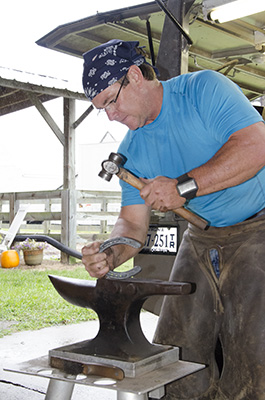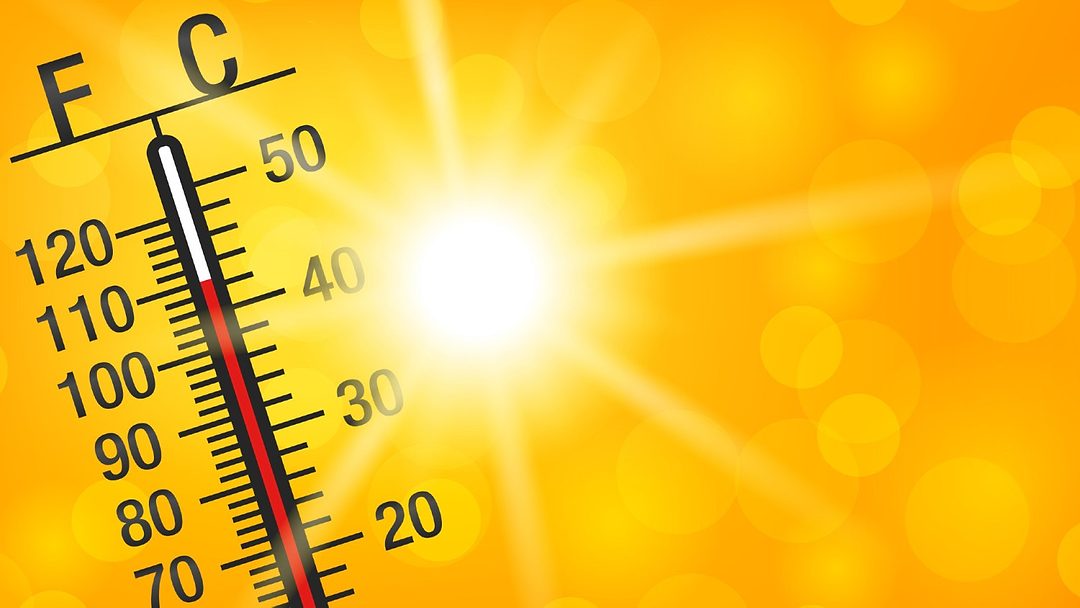EDITOR’S NOTE: This article was last updated June 30, 2021.
Mother Nature is turning up the heat in some parts of the country, particularly in the Pacific Northwest where the heat dome continues to shatter temperature records.
As the mercury rises, it’s not a bad idea to take precautions against heat-related problems such as dehydration, heat collapse, heat stroke, heat exhaustion and heat cramps. Here are some tips to beat the heat.
Drink plenty of water. The Centers for Disease Control and Prevention (CDC) advises that you should drink 2 to 4 glasses (16-32 ounces) of cool fluids each hour.
“You can lose 2 or 3 gallons of sweat per day working in the heat,” Chris Merli, executive director of the Safety Council of Greater St. Louis, told the St. Louis Post-Dispatch. “Don’t wait until you feel thirsty to start drinking.”
Merli advises that you should start hydrating as you wake up, then constantly replenish.
Some farriers freeze several plastic bottles of water overnight, then leave them in their rig to melt over the course of the day, providing something cool to drink.

Scottsville, Va., farrier Darren Owen wears a sweat wicking bandana while working to drive the water away from his head.
Avoid alcohol, caffeine and sugary drinks. Liquids that contain alcohol or large amounts of sugar can cause you to lose more bodily fluid. Alcohol also causes dehydration. Caffeine constricts blood vessels and can lead to dizziness. The CDC also suggests avoiding very cold drinks since they can cause stomach cramps.
Replace salt and minerals. You lose important salt and minerals while sweating and these must be replaced. Sports beverages are one option that can replace the salt and minerals you lose.
Chelsea, Okla., farrier Craig Stark uses another option — he adds flavored electrolytes in a tablet form, such as Nuun, to bottled water to help replenish what he loses while shoeing horses.
“I sweat so much that I’ll cramp up if I don’t replace my electrolytes,” Stark says.
Eat light. Hot foods and heavy meals add heat to your body.
Wear appropriate clothing. Choosing lightweight, light-colored clothes will help your body cool down quicker. Polyester and other “performance” fabrics wick sweat away from the body and dry quickly.
Scottsville, Va., farrier Darren Owen wears a sweat wicking bandana.
“It absorbs and drives water away from my head,” he explains. “Without it, water just runs in my face. My glasses will start to fog up. It’s like I’m shoeing in an aquarium. I’ll see six different feet instead of one.”
Pace yourself. Take a break by going into an air-conditioned office at a show barn, or climb in your truck and turn on the AC.
Make your own air conditioner. Household Hacker demonstrates in a YouTube video how to build a portable air conditioner that will only cost $8. It might be worth the 10 minutes it says it will take you to build it.
How do you beat the heat? Share your tips below in the comment section.
Learn More
- Wet Climate Fails to Dampen the Joy of Farriery: Soggy conditions present plenty of hoof-care challenges for Virginia farrier.
- Staying One Step Ahead: Preparing for volatile changes in seasonal climates pays off with better feet for Oklahoma farrier.
- Beat by the Heat: Extreme weather like we have been seeing this summer can affect the horse’s hooves mightily. Obviously, the most affected horses are those who are out in it more.









Post a comment
Report Abusive Comment